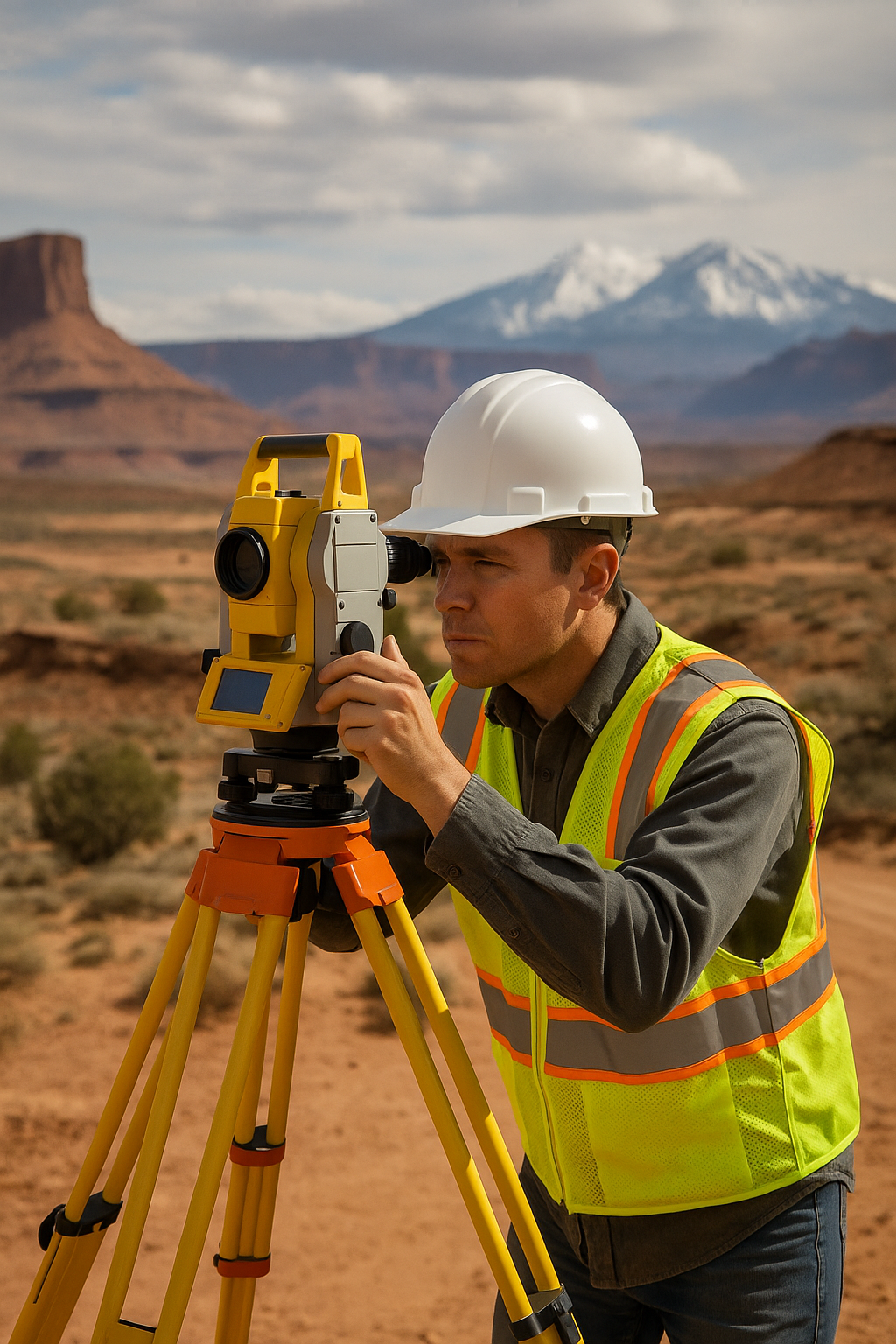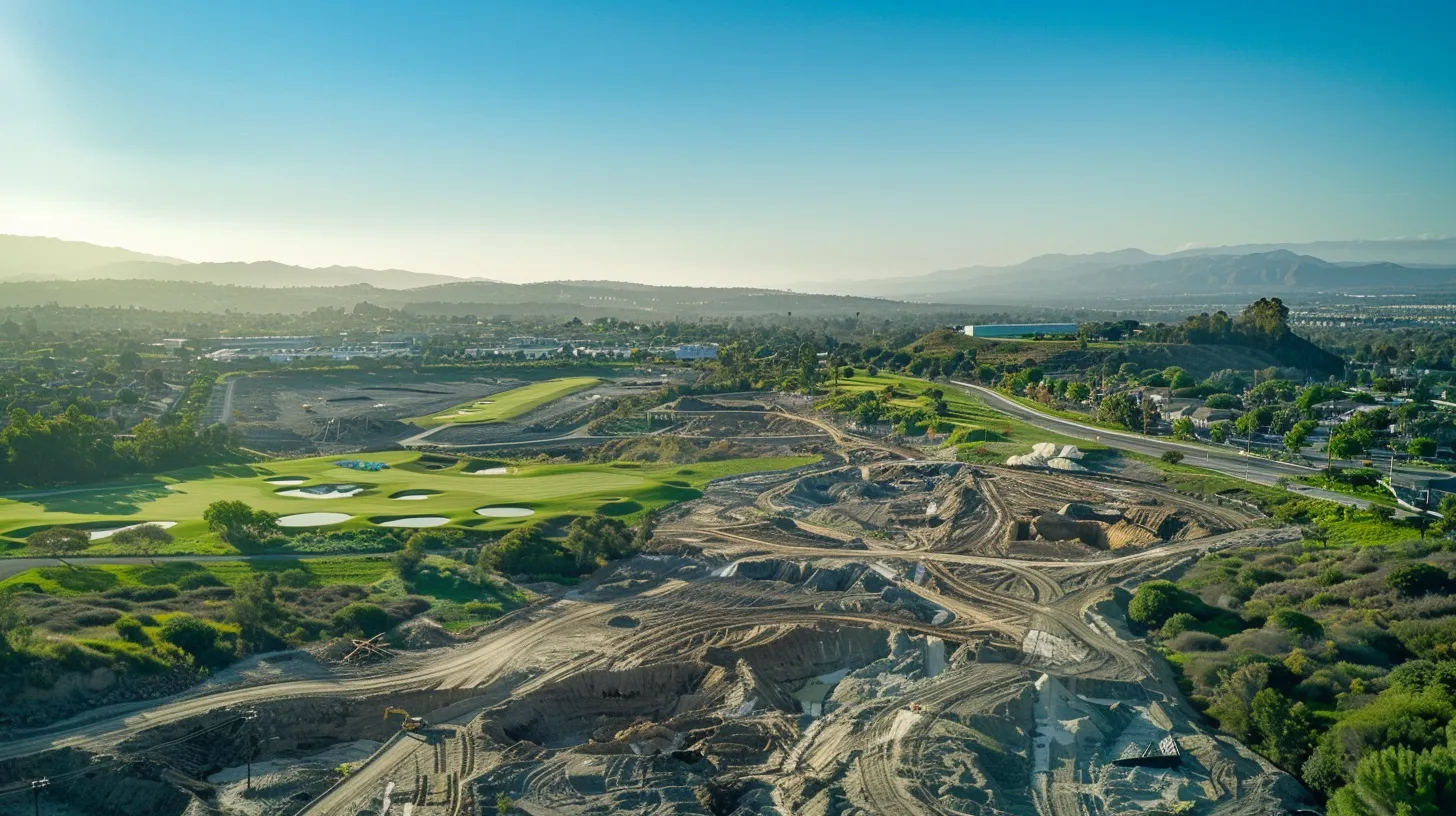Explore Resources to Empower Your Projects
From case studies that solve real-world challenges to practical tools and expert insights, discover how Anderson Engineering delivers innovative solutions for your most complex projects.
Case Studies That Highlight Innovation and Expertise
Discover how Anderson Engineering has tackled complex challenges across industries, delivering results that align with our client's goals.

Precision Engineering for Industrial Renovations
Levolor Manufacturing Facility Remodel – Engineering & Surveying Solutions Introduction The Levolor Manufacturing Facility in Ogden, Utah, required significant structural renovations, including a structural retrofit,
Engineering Solutions That Strengthen Our Communities
From boundary surveys to lot splits, we're dedicated to helping individuals and small business build a better future right here at home.
In-Depth Insights for Industry Leaders
Stay ahead with expert analysis and actionable strategies for successful project management and compliance.

ALTA Land Title Survey in Salt Lake City
Need an ALTA survey for a real estate closing, refinance, or development project in Salt Lake City? We deliver accurate, lender-ready surveys that meet ALTA/NSPS

ALTA Land Survey Cost in Utah?
ALTA/NSPS Land Title Surveys in Utah: A Comprehensive Guide to Cost and What is Involved An ALTA/NSPS Land Title Survey is a detailed property survey

Environmental Phase I ESA Compliance: Key Considerations for Property Transactions
A Phase I Environmental Site Assessment (ESA) identifies potential environmental risks tied to property ownership or transactions, specifically including the environmental phase I. For property

Septic System and Onsite Wastewater Permitting in Morgan County: A Guide for General Contractors
Navigating Morgan County, Utah’s septic system permitting process requires a thorough understanding of local regulations, detailed site evaluations, and proper system design. Individual onsite systems

Septic System and Onsite Wastewater Permitting in Wasatch County, A Guide for General Contractors
Navigating the septic system permitting process in Wasatch County, Utah, requires a thorough understanding of local regulations, detailed site evaluations, and proper system design. An

The Ultimate Guide to Septic System Permitting in Weber County, Utah for General Contractors
Navigating the septic system permitting process for homeowners in Weber County, Utah, requires understanding local regulations, conducting detailed site evaluations, and ensuring proper wastewater and
Your Go-To Resource for Topical Authority
Find answers and insights to common challenges in land development, mining, reclamation, engineering design, structural design, and more.

What Are the Key Steps in Utah for an Environmental Site Assessment?
Learn essential environmental site assessment procedures for Utah to ensure compliance and safeguard public health. A must-read guide for professionals in the field.

Identifying Common Obstacles in Home Renovations
Uncover the biggest challenges you may face in remodeling projects. Learn how to navigate common renovation obstacles and make informed decisions for success.

What you need to know about air pollution in Utah.
As a local environmental company in Utah, that focuses on on-site remediation and environmental controls, we spend much time designing and implementing solutions to managed

The Silent Threat: Identifying the Warning Signs and Engineering Solutions for a Sinking Foundation in Utah
This blog post will equip you with the knowledge to identify the warning signs of a sinking foundation and explore the effective engineering solutions available to restore your property’s stability.

Environmental Mining Regulations – Complex and Burdensome
The regulatory requirements for mining, especially in the United States are highly complicated and burdensome. Companies have to navigate a complex set of regulations and

Must-Have Tips for Designing an Exterior Basement Entrance
Transform your space with essential tips for designing an exterior basement entrance. Create an inviting walkout basement that enhances accessibility and style.
